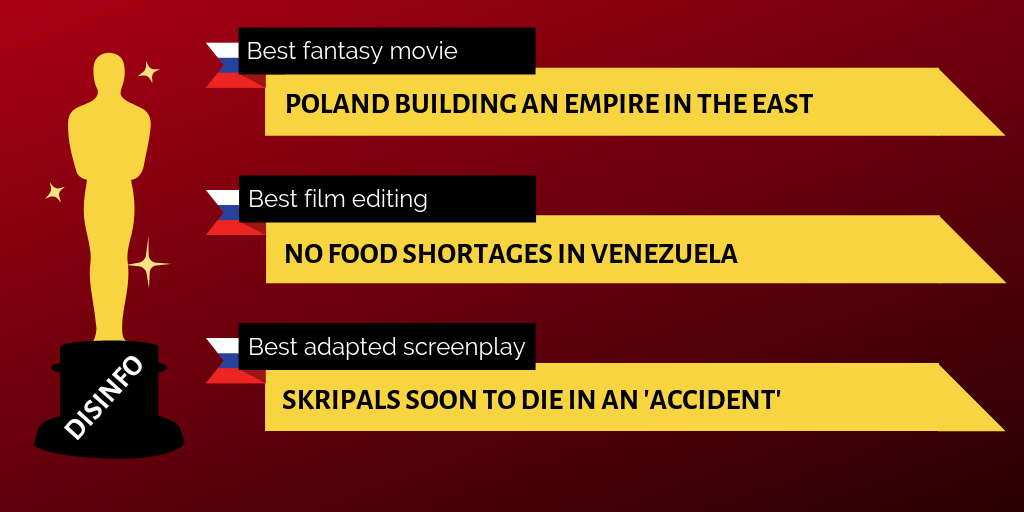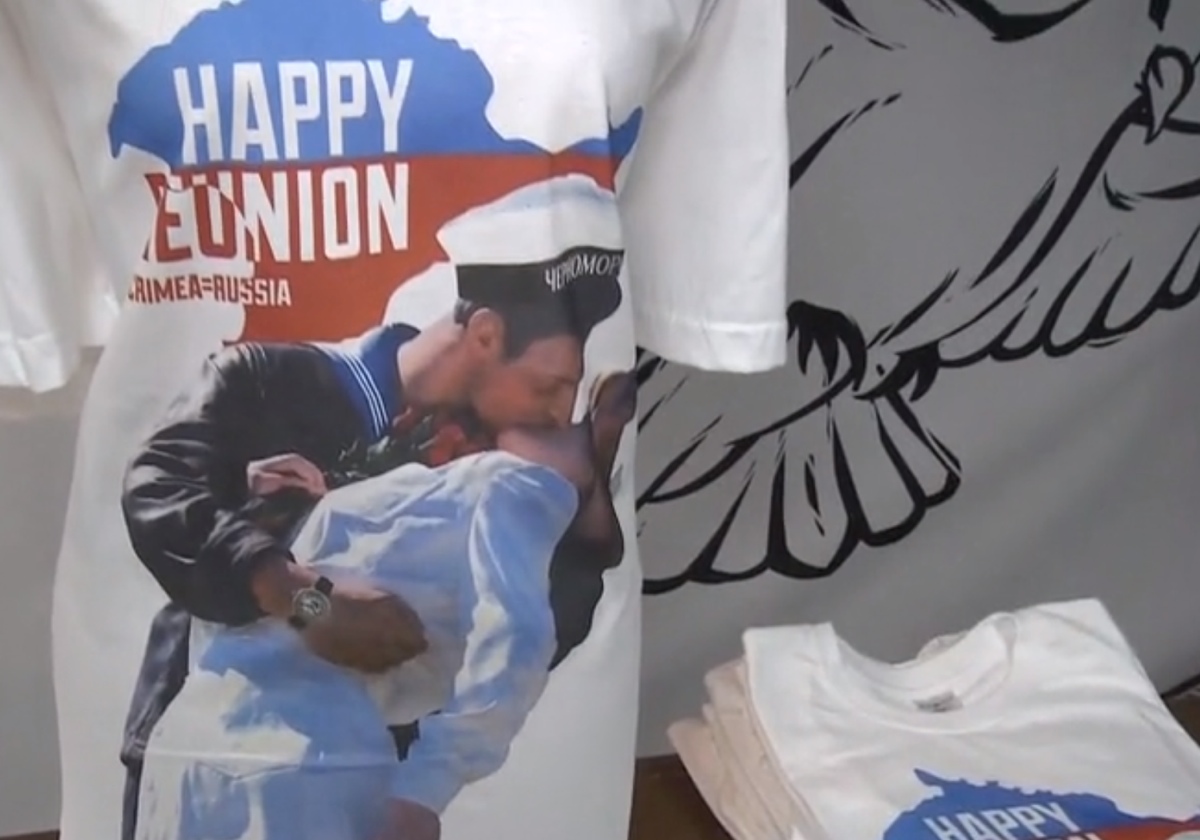An important attribute of Russia’s modern policy has been the growth in military hysteria and the constant need for both internal and external enemies. The increase in aggression and belligerence among the population was also not implemented in one fell swoop: rather, it was cultivated over a period of several years, although its apogee was reached with the advent of the Russian-Ukrainian conflict.
Here follows an overview of the main strategies and methods with which Russian propaganda obtains its desired results:

1) To weaken critical thinking
The most cynical means are used to achieve this result. Propaganda employs methods of psychological manipulation which are designed to reduce dramatically, if not to block entirely, the ability of critical thinking on the part of the viewer or listener through an appeal to his or her feelings. Hatred is not necessarily always the feeling sought. Propaganda actively exploits the feeling of pity: in so doing, it plays not only on the worst but also on the best human instincts. It does so, for example, by showing ruined residential buildings in the Donbas, or children who are suffering from the effects of war. In propaganda, there is no hesitation to resort to open lies: it is sufficient to recall the story about “crucified boys,” purportedly macerated by the Ukrainian army, and other similar subjects.
The characteristic that distinguishes propaganda from regular reporting is that the person who is experiencing feelings of pity, pain, fear or “righteous anger” is not given the opportunity to think rationally about the subject that has elicited such feelings. He or she is given a prepared response, and a prepared image of the enemy – “punishers,” a “junta” and the Americans who back it, “destroyers of the civilian population.” More often than not, Russians are slipped a veritable cocktail of emotions intended to block the very ability to think during the time it takes to process the information. Examples are the horror of war, pity for the victims, fear that can reach proportions of panic, and the dread of an impending military threat.
2) To create an image of the enemy
When a person has been mentally prepared, he or she is then given an answer to the internal unspoken and not yet understood question about who is responsible for the pain and fear into which he or she has been plunged. The image of the enemy in Russian propaganda is not distinguished by its originality, and has been forming in varying degrees of intensity over the past few years. Of course, it is the USA, and those who the propagandists call “American puppets,” beginning with the Ukrainian authorities and ending with the whole of Western and Eastern Europe.
3) To link all internal problems to external factors
As noted above, by adopting the official foreign policy rhetoric, the average person compensates for his or her own helplessness through the illusion of involvement in historical events and a link to the abstraction called “Russia.” Understanding the essence of foreign problems is far more complicated for the average person than understanding domestic issues. More often than not, such Russians have never been abroad, and do not know the actual attitudes of western countries. For this reason, such Russians are easily subject to manipulation, in this case leading them to blame external enemies for their own problems.
4) To emphasize the consolidation of society in the face of a military threat
Once again, this is done at different levels and with different connotations, ranging from aggressive calls to fight against the “national traitors” to constructive attempts to unite people in order to solve problems, but only in the case of their total approval of the foreign policy of the authorities.
5) To create the image of Vladimir Putin as the only leader capable of withstanding the military threat
I don’t think any further explanation is needed here: much has been said and written about the contemporary cult of personality surrounding Putin. Its apogee is represented by the film “President.”
6) To prepare for the inevitable hardships of “wartime”
Plunging the consciousness of the population into an endless militaristic hell and frightened them with the constant specter of imminent war (including nuclear war) makes it possible to justify any hardship or deterioration in the economic situation in the eyes of the population. The threat of an impending nightmare will make people accept any other deprivation as a “lesser evil,” or as a sacrifice that must be made to avoid war.
7) To create an image for the West of a united Russia ready for war
This is a technique worth noting separately. Of course, the work of influencing a foreign audience is left to specialized media such as RT or “Sputnik,” though “domestic” propaganda can have this as a secondary aim.
These processes yield a number of consequences for Russian society. In particular, there is more than ever a high need for “enemies,” both for justifying the hardships that are being experienced, and in order that people may take part in immoral activity simply through passively approving of it.
In fact, war is the main element which provides the opportunity for the authorities to influence society in contemporary Russia. It is the horrors of war that are capable of undermining critical thinking on the part of individuals, and it is with the help of war that the image of the enemy is being created and that a cult of personality is forming around Putin: it is war that underpins the consolidation of Russian society, and it is war that explains the hardships which are only destined to grow given the Russian economic crisis. This means that the Kremlin has finally found itself caught in a trap: it cannot stop the war, nor can it turn off the destructive television channel.








